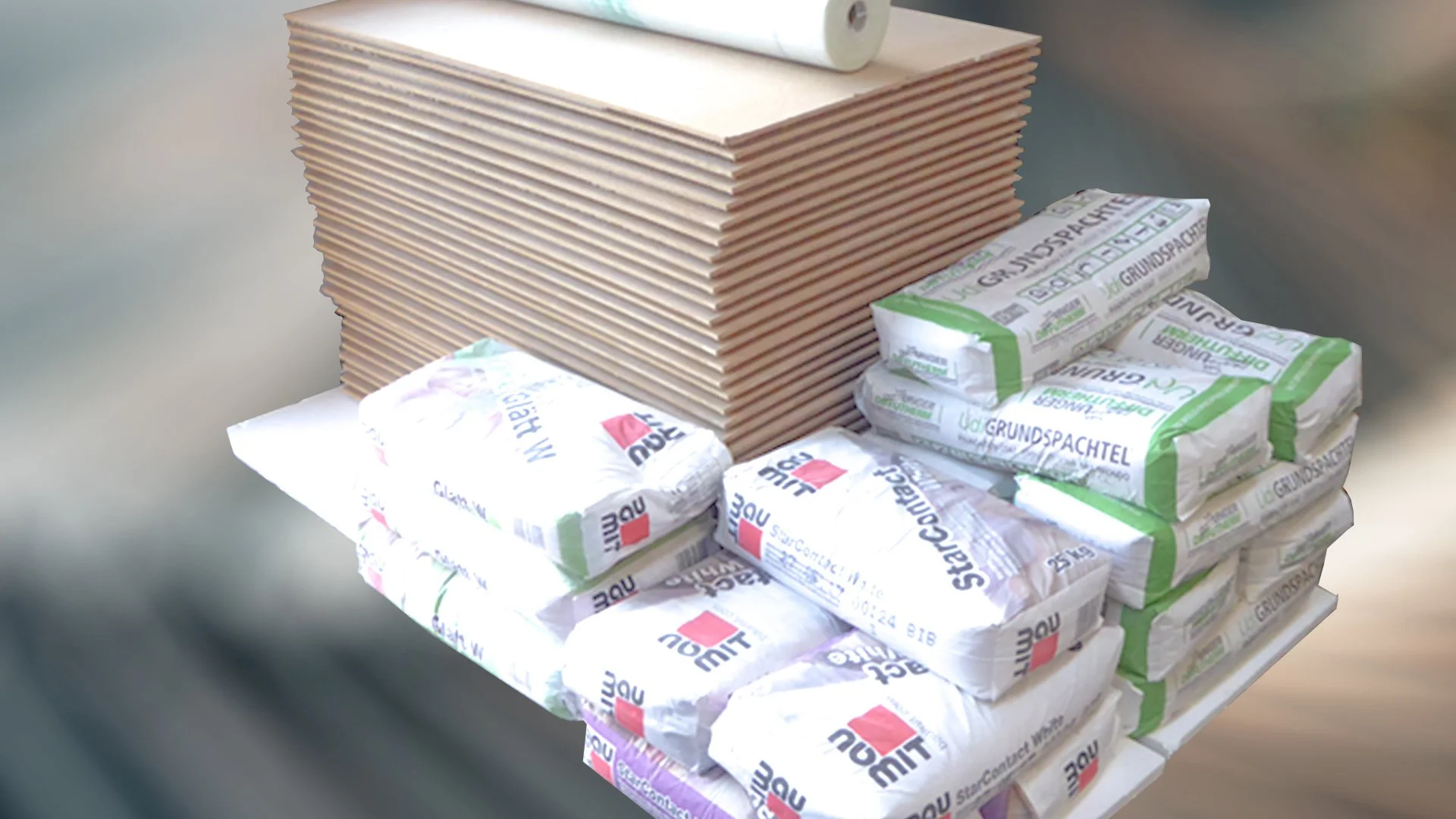
26 July 2018
Sustainability and cost balance
With NHS budgets under pressure, estates personnel are often forced to focus on delivering short term targets. Frustration mounts when it is clear that some increased investment could deliver longer term savings as well as better quality solutions and service delivery.
However, we are in this reality, and there may be opportunities to reconsider areas of standard practice and find alternative solutions that deliver a lot for a little.
The goal is the 80 - 20 rule analogy. If the ideal 100% solution costs £100, we are looking for a solution that gets you an 80% solution for £20.
This concept can be applied to just about any circumstance, but for this blog lets take a look at internal thermal insulation for refurbishment projects.
At the start of a project when refurbishment costs are first considered, insulation upgrades are seldom factored in, despite the fact that the building regulations usually require it 'where reasonable'.
The architect may recommend insulation upgrades during the detailed design, and the costs quickly become the centre of attention. To upgrade a solid wall to meet building regulations is not cheap! Plus, carrying out full accurate energy assessments on relatively small refurbishments is just not possible, so we cannot even say with any confidence what the longer term cost benefit is likely to be...
... and then there are all the technical concerns and risks associated with applying insulation to the inside face of external walls - cold bridging, trapped moisture build up, mould... will it end up doing more harm than good?
Maybe there is a solution we are all overlooking.
Typically internal thermal wall linings are specified as Kingspan/plasterboard composite type installed on a wooden or metal frame against the external wall.
The main concern with this refurbishment method is that the system is not breathable. A traditional solid wall relies on being able to breath to the outside and to the inside. Where this ability is impeded, damp can build up and risk mould appearing. You can see this easily when furniture is placed against an old solid external wall. This is a risky solution when dealing with all the cold bridges and quirks that existing old buildings usually throw up.
Amazingly many installers still recommend including vents at the top and bottom through the insulation lining, so that the cavity between the insulation and external wall flushes through and mixes with the internal air. This strategy clearly undermines the thermal insulating performance, as the cold void air is being vented into the warm room. Not good.
An alternative is to use a natural insulation product that is designed to breath. An example is Pavadry, a woodfibre insulation retrofit product supplied by Natural Building Technologies. This is a great way of solving the breathability and moisture risks, but to achieve the same u-values as Kingspan, a greater thickness is needed (losing more room space) AND it is even more expensive!
OK this blog is getting a bit long so lets get onto what might be the 80-20 solution we are seeking. What if we found an insulation product that:
- improves thermal performance of an old solid wall, typically by more than 50%
- takes up only 20mm off the room.
- is quick to install
- is a fraction of the cost of a full thermal upgrade
- is breathable
- is made from sustainable wood fibre
The product is UdiIN 2CM by Unger Diffutherm. This material is not currently marketed as a system for improving thermal performance, but I understand that following real world testing the performance has proved significantly better than the desk top analysis expected. New marketing materials are on their way and we look forward to seeing the thermal assessments.
Even when a room is at 23 degrees, if the patient is near a cold external wall, they will feel the cold. UdilN 2CM would eradicate this effect. Particularly useful where you have patients sitting or lying on couches against external walls, which is often the case with bed heads.
The UK distributor of the product is Back to Earth and the product ordering link is here.
The owner and contact at Back to Earth is Chris Brookman: chris@backtoearth.co.uk
We have recently specified this product / system and will feedback via this blog. Current status is a pile of materials!

